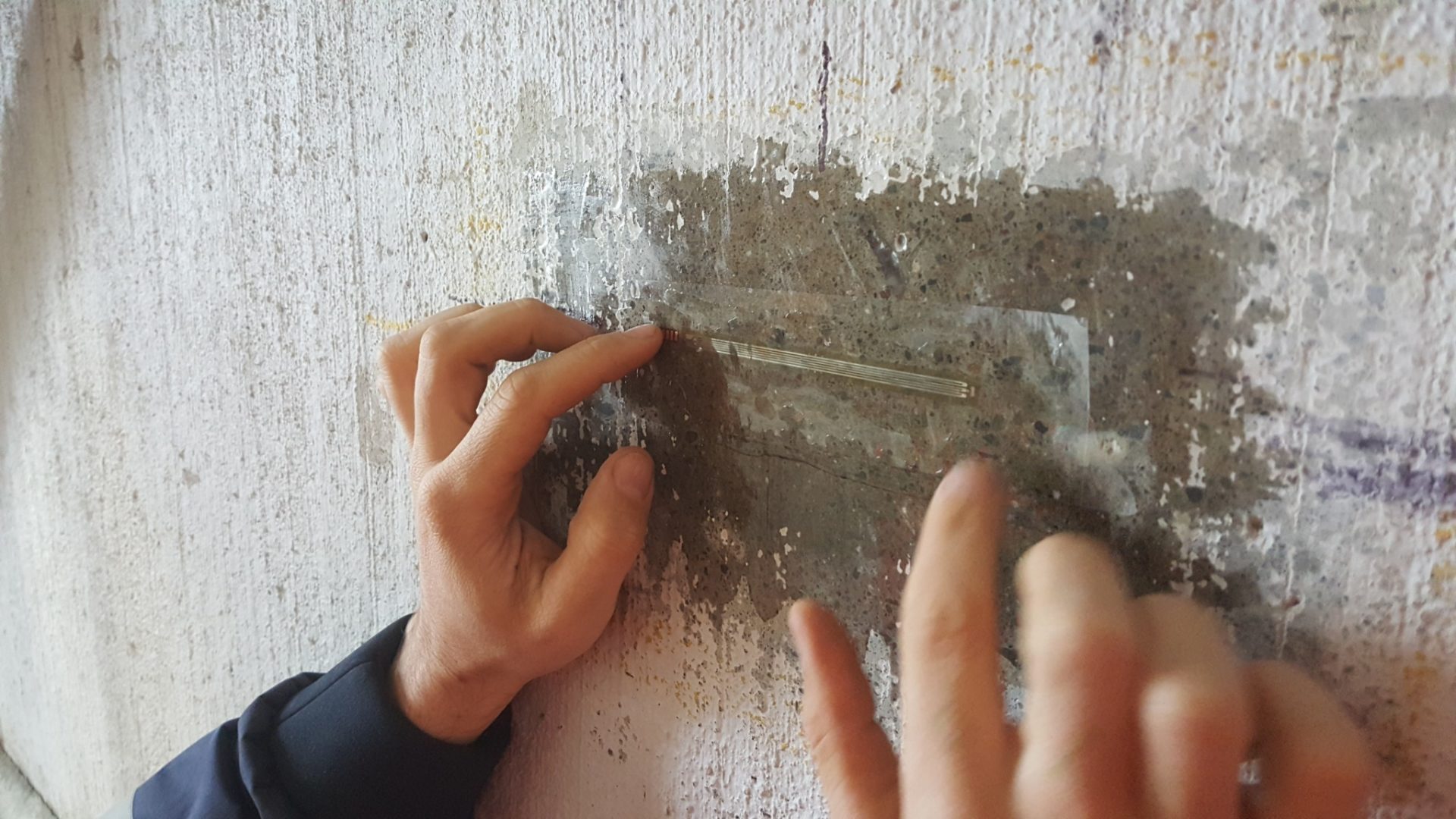
Structures deform as they experience load, resulting in stress developing within the body of the structure. These deformations, and consequently stresses, can be monitored to ensure that they do not exceed specified limits adopted during design, i.e. serviceability limit state and ultimate limit state. CSI offers different Structural Health Monitoring methods to suit the client needs, such as:
CSI offers flexible timeframes for Structural Health Monitoring; it can be done as a one-off during test day, continuously for a specific duration (days, weeks, months), or periodically/seasonally for example to gauge the different environmental effect during summer/winter to the expansion and contraction of steel railway structure.
Clients/engineers are most likely concerned if there are cracks in RC floor, beam, column, or wall especially if the structure is relatively new and has only experienced the service load it is designed for. They will want to ensure that these cracks do not widen beyond the limit imposed during design. Other times, an engineer might be interested in the existing stress within old pre-stress elements, such as within a hollow core or flat slab units, to ensure they are sufficient in capacity to support additional loading.
Vibration monitoring is useful for researchers as well as for practicing engineers.
November 3rd, 2022
Read along to find out more about the latest Anchor Testing Project that we completed for our special clients; Hospitality […]
May 26th, 2022
Over the Easter break, the Directors at CSI have been working hard in the Britomart Tunnels to provide effective service […]
March 2nd, 2022
PROJECT REQUIREMENTS To help construct an extra ICU space in a hospital, sinks had to be added. This required coring […]

Kurtis and his team showed highly skilled reading of scan results. These allowed them to be the only ones who successfully located the defects (random voids) in Polystyrene blocks filled with concrete and lined with Gib in a prepared area...
Maynard Marks

Engaging CSI to conduct the Pile Integrity Testing on the large 1.8m diameter piles was a wise choice. Their technicians were knowledgeable, approachable, punctual, health and safety conscious and flexible when we encountered late changes to the works programme. Results...
Fulton Hogan

As requested, the workers from CSI ltd contacted this office on arrival at the site and invited me (Kevin J Heays) to site visit and get an understanding of the intended works. I was impressed with the workers knowledge of...
Kevin Heays (ECANZ)

The CSI team were great and they did a good job for us. They were employed to complete QA on a Wellington Apartment Development using Pile Integrity Testing. We would recommend CSI to others in the future.
Richardson Drilling

CSI did a good job for us at an Auckland Apartment building; saving our team from drilling through services which would have caused considerable delays. We would recommend CSI to others for scanning
Allendale Electrical

CSI provided a great service. We could not advise them on areas of improvement as their service was highly professional.
Wilson Building

We found CSI via their website and were grateful that we had. Their service was highly professional.
Artisan Developments Ltd

CSI have completed several jobs for us. They are highly skilled operators.
Tracer Construction

CSI was recommended by a health board, and they did a great job for Q Interiors. We are already looking at employing them for future work.
Q Interiors

The service and follow-up of CSI Ltd was excellent. We would definitely use them again.
Grayburn Property Service

CSI Ltd did a great job for us. When we were asked what improvements could be made, we could think of no gaps in their professional service.
Trademark Building Services

CSI Ltd were recommended to us and did a great job. We would be happy to recommend them to others.
Stanley Construction

We were recommended CSI by an Engineer and he was absolutely correct; their GM particularly communicated well and was highly professional.
MSC Consulting Group

CSI has completed some exciting projects with Novare Design “I am very impressed at the responsiveness, relevance and accuracy of the testing and data supplied to Novare for some recent strengthening projects. We have worked with CSI on several projects...
Novare Design

Darren, Ali and the team at CSI have been a great help at the Oaks Shores refurbishment project. CSI was willing to work through the difficulties of travel under various Covid-19 levels, ensuring they could be of assistance in Queenstown...
Brosnan Construction